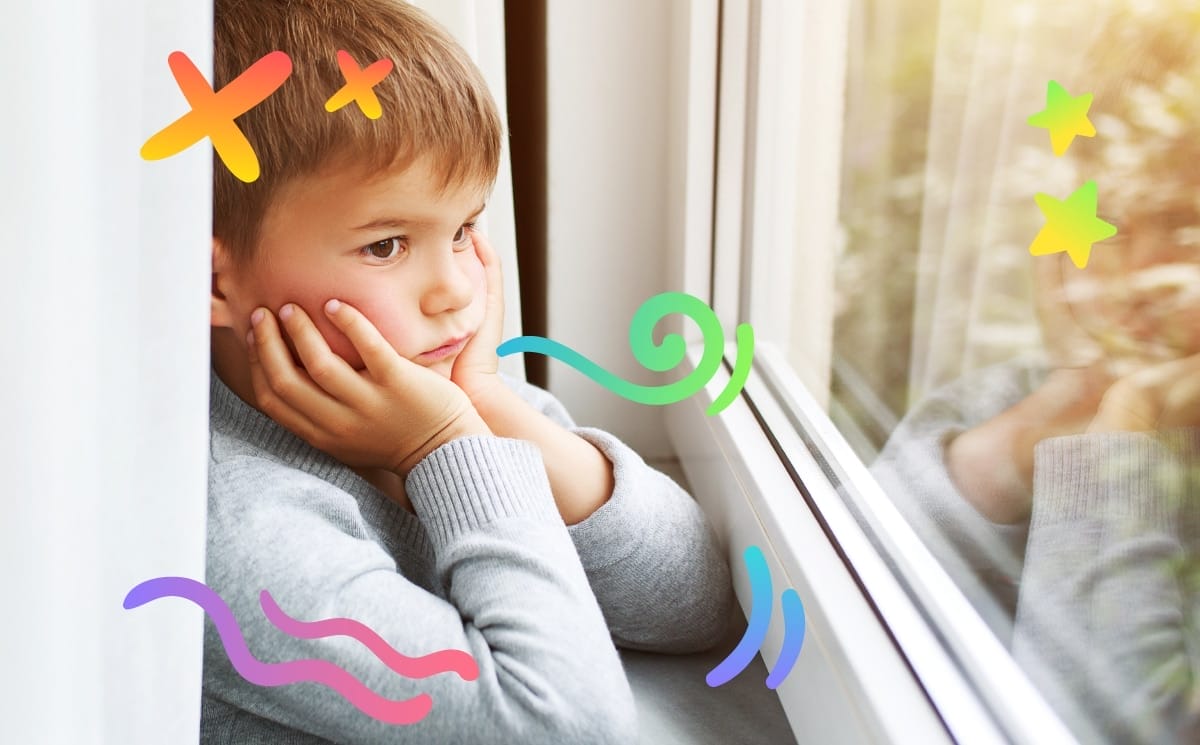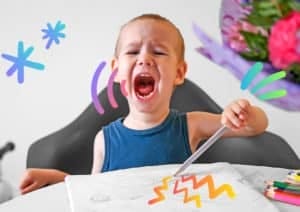Living in the whirlwind of today’s society, it’s essential to ignite our kids’ creative spark. As parents, we’re always chasing opportunities for them to thrive, bolstering both their academics and personal growth. Yet, in our daily hustle, we might unknowingly suppress their inborn creative fire, leaving them ill-equipped for future hurdles.
So, are you unconsciously quashing your child’s creativity? Might your actions and societal pressures dampen their inventive spirit, even with the best intentions at heart?
Creativity transcends conventional artistry like painting or music. It’s a potent weapon that nurtures critical thinking, problem-solving prowess, and flexibility. It arms children with the ability to tackle obstacles with a fresh lens, think beyond the norm, and dare to aspire. As parents, we have the magic key to their creative treasure. To use it, though, we must grasp what may inadvertently stifle it.
It’s time for a pause. Could we be unknowingly snuffing out our child’s creative spark before we even know it? If you’re a grown-up keen on fanning the flames of creativity instead of smothering it, steer clear of these actions.
- Don’t criticize their creative work
- Don’t criticize their creative process
- Don’t take over children’s creations
- Avoid comparison and discourage competition
- Don’t push for a spotless home
- Don’t overschedule
- Wrapping up
Don’t criticize their creative work
“That’s not how a tree looks. Trees are green.”
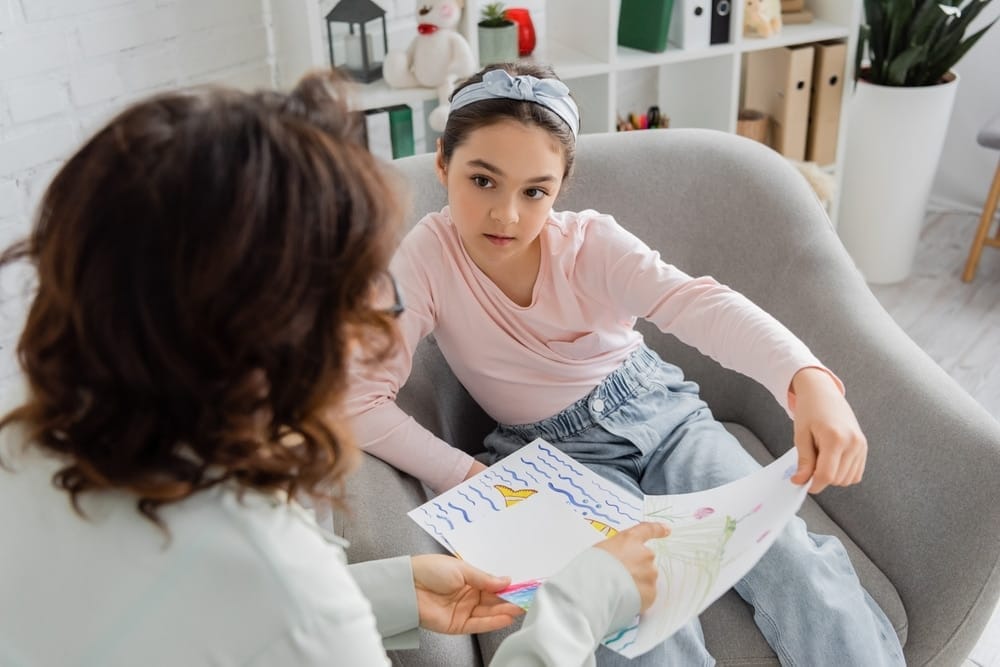
Despite our best intentions, as adults, we often unintentionally undermine a child’s confidence in their own creativity by attempting to correct their artistic expressions. We may believe that we’re helping them by pointing out what we perceive as mistakes, but in reality, we inadvertently convey the message that there is a “right” and “wrong” way to create. This approach can harm a child’s willingness to explore, take risks, and trust in their own imaginative abilities. Constantly emphasizing correctness stifles their natural inclination to experiment, potentially leading to a loss of their unique creative expression.
Creativity knows no boundaries, and in the realm of artistic expression, there is no “wrong.” The beauty of creativity lies in its subjective nature, which allows for endless possibilities and interpretations. When we impose our own ideas of correctness onto a child’s creative endeavors, we limit their freedom to explore and discover their own distinct artistic voice. By encouraging them to embrace the process rather than fixate on the end result, we create an environment where creativity can flourish. Through experimentation, embracing “mistakes,” and learning from them, children develop their artistic skills, gain confidence in their abilities, and cultivate their own unique creative style.
Every individual possesses their own imagination, resulting in inherently unique creative output. Recognizing and celebrating this diversity is crucial in nurturing a child’s creativity. When we acknowledge that everyone has their own perspective, ideas, and imaginative abilities, we foster an atmosphere that encourages self-expression and instills pride in their individual creations. Embracing the idea that there is no one-size-fits-all approach to creativity empowers children to explore their own ideas, trust their instincts, and appreciate the beauty of their distinct contributions. By valuing their personal imagination, we lay the foundation for a lifelong appreciation of creativity and instill the confidence to forge their own creative paths.
Don’t criticize their creative process
“Play-doh isn’t for painting, it’s for building.”
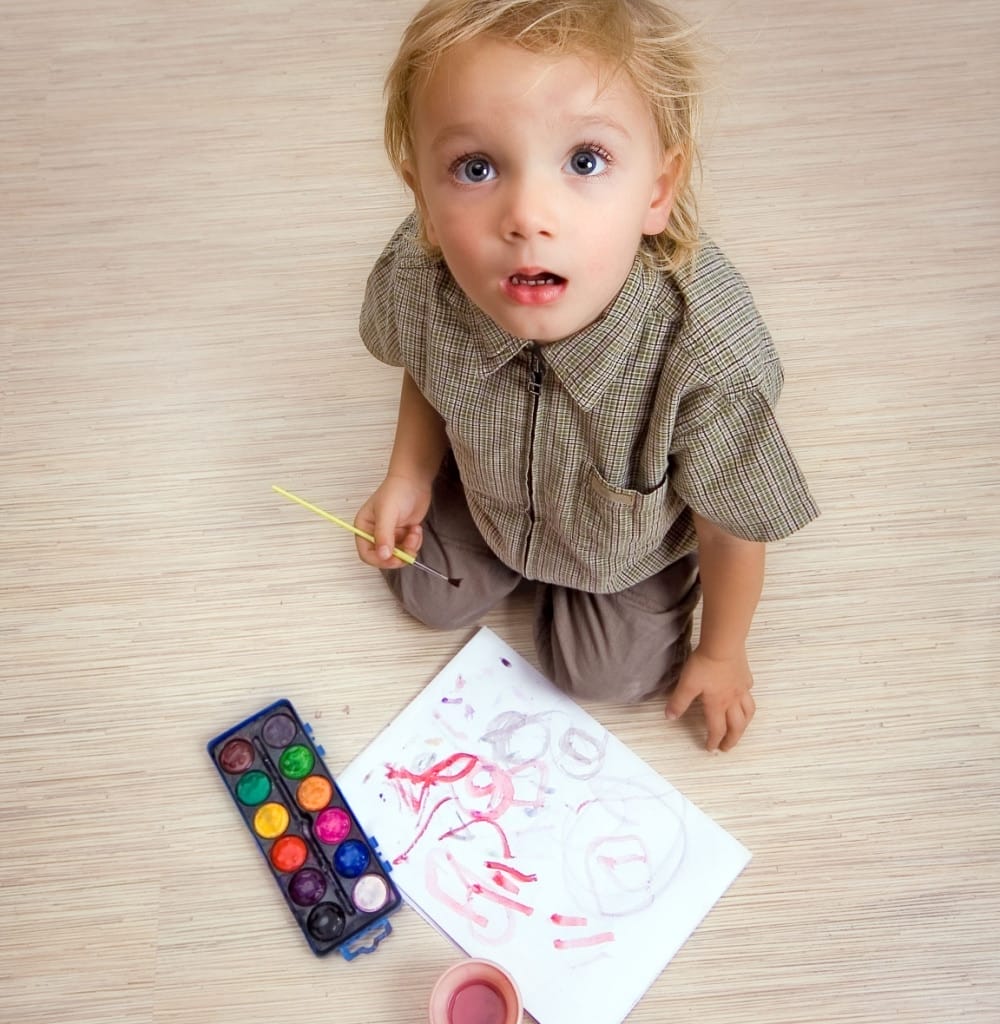
A considerable barrier to a child’s creativity surfaces when we overlook or dictate their creative path. Disregarding their methods or insisting on a particular way makes us a confidence dampener. Each child has a unique exploration, discovery, and creation route. By belittling their chosen path, we dent their confidence, discourage independent thinking, and obstruct their trust in their creative instincts. Rather, we should celebrate and bolster their individual methods, letting them cultivate pride and ownership in their creative journey.
Recognizing that children process information uniquely is key. Just as each child has a distinct learning style, they have different ways of expressing their creativity. Some might enjoy careful planning and execution, while others flourish in unplanned, free-spirited creative bouts. By enforcing a single “right” way of creating, we cap their growth and discovery potential. Cherishing and nurturing their varied approaches respects their individuality and allows them to explore creativity in their style. Honoring and respecting their preferred methods boosts confidence and enhances their future creative thinking and problem-solving skills.
To nurture a robust creative spirit, it’s vital to assure children that every step in their creative process holds merit. Prompting them to embrace their ideas, no matter how offbeat, and applauding their efforts boosts self-worth and confidence. By emphasizing the thrill of exploration, the gratification of trying new things, and the growth from experimentation, we enable children to trust their instincts, take risks, and fully immerse in the creative process. By fostering an environment that appreciates their unique contributions, we help them develop a sturdy sense of self and unwavering faith in their creative prowess.
Don’t take over children’s creations
“No, don’t do it that way. Here’s how it should be done.”

One of the most damaging actions we can make concerning a child’s creativity is commandeering their creations. When we wrestle control of a child’s project due to impatience or a perfectionist streak, we send a shattering message: their efforts and skills aren’t enough. This move not only chips away at their confidence but also undermines their faith in their creative abilities. It weakens their sense of ownership and pride in their work, potentially stifling their current project and possibly hampering their long-term creative evolution.
When we hijack a child’s project, we convey distrust in their abilities. It hints that their work falls short and that only adult intervention can achieve a satisfactory result. This brutal hit to a child’s self-esteem and creative spirit can have far-reaching implications. Doubts about their ideas and abilities may begin to creep in, quashing their drive to explore and express themselves creatively. The power disparity created by adult takeover can trigger various emotional responses, from dwindled self-esteem to outright defiance.
Children need the liberty to express themselves creatively and craft their unique artistic voice. By granting them full reign over their projects, we nourish their confidence, encourage their autonomy, and kindle their enthusiasm for self-expression. Respecting their creative process and offering guidance instead of domination allows them to take risks, learn from mistakes, and find their solutions. By endorsing their abilities and offering support instead of commandeering, we cultivate an environment where their creativity can bloom.
Avoid comparison and discourage competition
”Just look at the clay sculpture that Mathew is doing!”
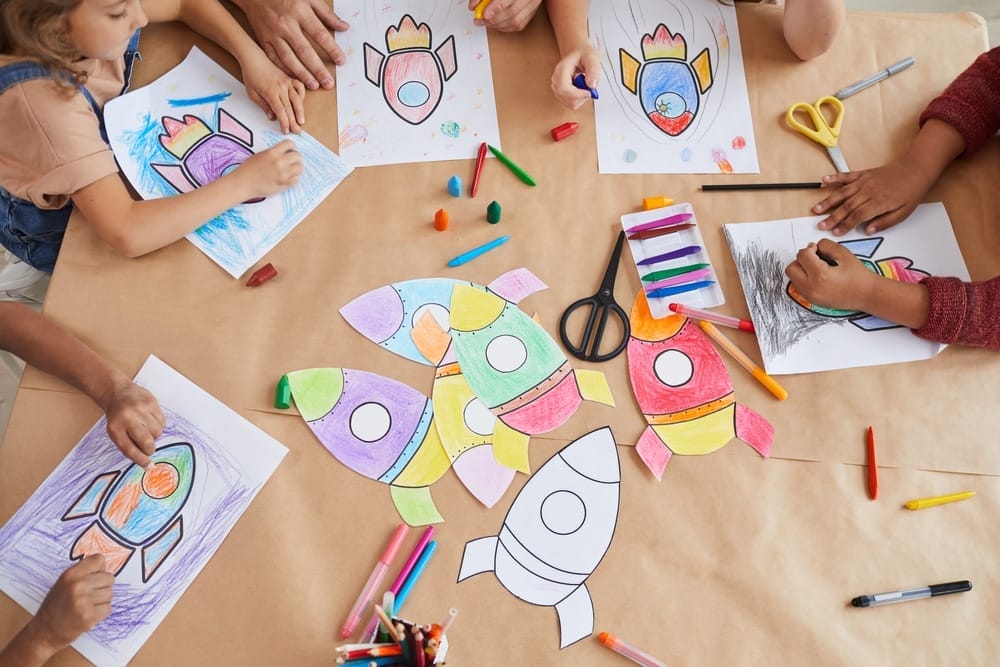
Comparison can cast a shadow on children’s creativity. Continually measuring their work, performances, or skills against their peers can derail them from their unique creative path. This comparison chips away at their confidence and undercuts trust in their efforts. Instead of cherishing their individuality, they strive to mimic their peers, snuffing out their original ideas and creativity. Comparison eats away at their self-belief and undermines their willingness to take creative leaps. To shield their creative spirit, we need to cultivate an environment that applauds each child’s unique creations and nudges them to embrace their artistic path.
Competition, often seen as a driving force, can actually block children’s creativity. When the spotlight veers towards winning accolades or outdoing others, the emphasis strays from authentic self-expression. Rather than creating from their heart and probing their imaginative ideas, children churn out work they think will guarantee a win. This external pressure steals the joy and fulfillment intrinsic to genuine creation. Their creative process becomes a chase for external validation rather than personal growth and exploration. By placing competition above creativity, we unwittingly limit their ability to think innovatively, take artistic risks, and fully harness their unique creative potential.
To shield and foster children’s creativity, we must pivot from comparison and competition. Instead, we should inspire them to embrace their creative journey, centering on personal growth, self-expression, and the pure delight of creation. By rejoicing in their individual accomplishments, nurturing a supportive, non-competitive atmosphere, and encouraging collaboration over rivalry, we pave the way for children’s creative prosperity. When we prioritize the creative process over the outcome, we empower them to explore their artistic voice, take risks, and build resilience against challenges. Let’s guide them to create authentically, driven by passion and personal fulfillment, allowing their creativity to bloom in its purest form.
Don’t push for a spotless home
“I’m sorry, but you can’t use brushes right now because I just cleaned the room.”

Is your obsession with a tidy home suppressing your child’s creativity?
In our pursuit of a spotless home, we might inadvertently choke our children’s creativity. By over-emphasizing tidiness and order, we unintentionally suggest that creativity and messiness can’t share the same space. This attitude curtails their ability to explore, experiment, and indulge in imaginative play freely. Prioritizing a pristine environment over everything else constrains their creative growth and impedes the cultivation of vital skills like problem-solving and critical thinking.
Children blossom in an environment that accepts a smidge of controlled chaos. Allowing some mess gives them the liberty to experiment, take risks, and plunge headfirst into the creative process. It fosters exploration with a variety of materials, textures, and ideas, minus the fear of mess-making or facing repercussions. Messiness stimulates their senses and bolsters cognitive and emotional growth. By adopting a more laid-back stance on cleanliness, we forge a space where children can unfurl their imagination, think outside the box, and develop unique creative solutions.
Don’t overschedule
“We don’t have time for that now. You have music class and then basketball.”
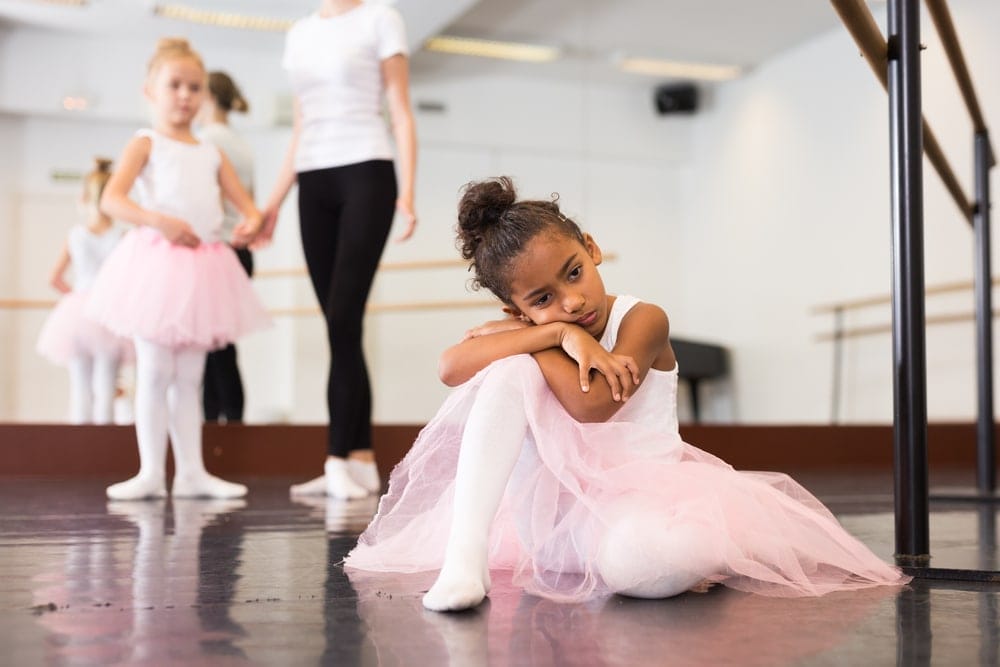
In our eagerness to offer children numerous opportunities, we often tumble into the pitfall of overscheduling their lives. While it’s crucial to expose them to diverse activities, overloading their schedule can block their creativity. Children have a wealth of time to explore and learn, but when each moment is planned, they barely have a chance to uncover their interests and set free their imagination. It’s essential to reevaluate their schedules, trim non-essential activities, and give them the freedom for unstructured time.
A 2006 survey by HealthAmerica unveiled that out of 882 children polled, 41 percent between the ages of 9 and 13 felt stressed all or most of the time due to having too much on their plate. Furthermore, 78 percent of those children yearned for more free time.
Creativity doesn’t bloom in a constant flurry of planned events but in spells of boredom and reflection. Children need time for activities that might seem unproductive or entail “doing nothing.” These periods of free play, daydreaming, or simply being alone with their thoughts offer a fertile field for their creative minds to meander, form connections, and conjure up innovative ideas. When their schedules are bursting at the seams, there’s little chance for them to tap into this font of creativity springing from relaxation and self-guided exploration.
By carving out unstructured time in their schedules, we give children the chance to nurture their creativity. This means permitting them to engage in open-ended play, pursue their chosen hobbies, and have downtime without incessant external stimuli. These seemingly idle moments actually foster their imagination, problem-solving skills, and unconventional thinking. By resisting the temptation to fill every minute and making room for them to welcome boredom, we enable children to tap into their innate creativity, explore their interests, and cultivate a sense of self-direction that will benefit them in the long haul.
Wrapping up
Are you aware of the vital role you play in nurturing children’s creativity?

- Celebrate the creative process, not perfection, and delight in the scope of imagination. It’s this mindset that fosters a creative, supportive environment.
- Embrace the methods your children choose to create. Reinforce diverse learning styles and confirm the validity of each step they take in their creative journey. This approach enhances their confidence and individuality.
- Ever felt the need to interfere with a child’s creation? Resist. In doing so, you promote their independence, confidence, and creative capacity. Remember, we’re here to guide, not to direct.
- Be aware of the harm comparison and competition can cause. Nurture individuality, value unique creations, and provide an environment that celebrates self-expression and personal growth. This way, we can protect their creative spirit.
- Yes, a tidy house is good, but so is a little messiness. Embrace controlled chaos in your home, a vital part of a child’s creative exploration. After all, a bit of disorder often spurs a child’s limitless creativity.
- Reconsider your children’s schedules. Offer them the gift of unstructured time. Celebrate free play, daydreaming, and leisure moments. It’s during these periods that children are inspired to create, innovate, and foster a lifelong appreciation for arts and imagination.
Our role in fostering creativity is crucial. We provide the space, support, and freedom needed for children’s exploration and self-expression. Empowering them to be confident, innovative thinkers shapes a future rich with imagination and creative solutions.
Join us in championing and protecting childhood creativity. Let’s ensure its flourishing presence in the hearts and minds of our little ones.

